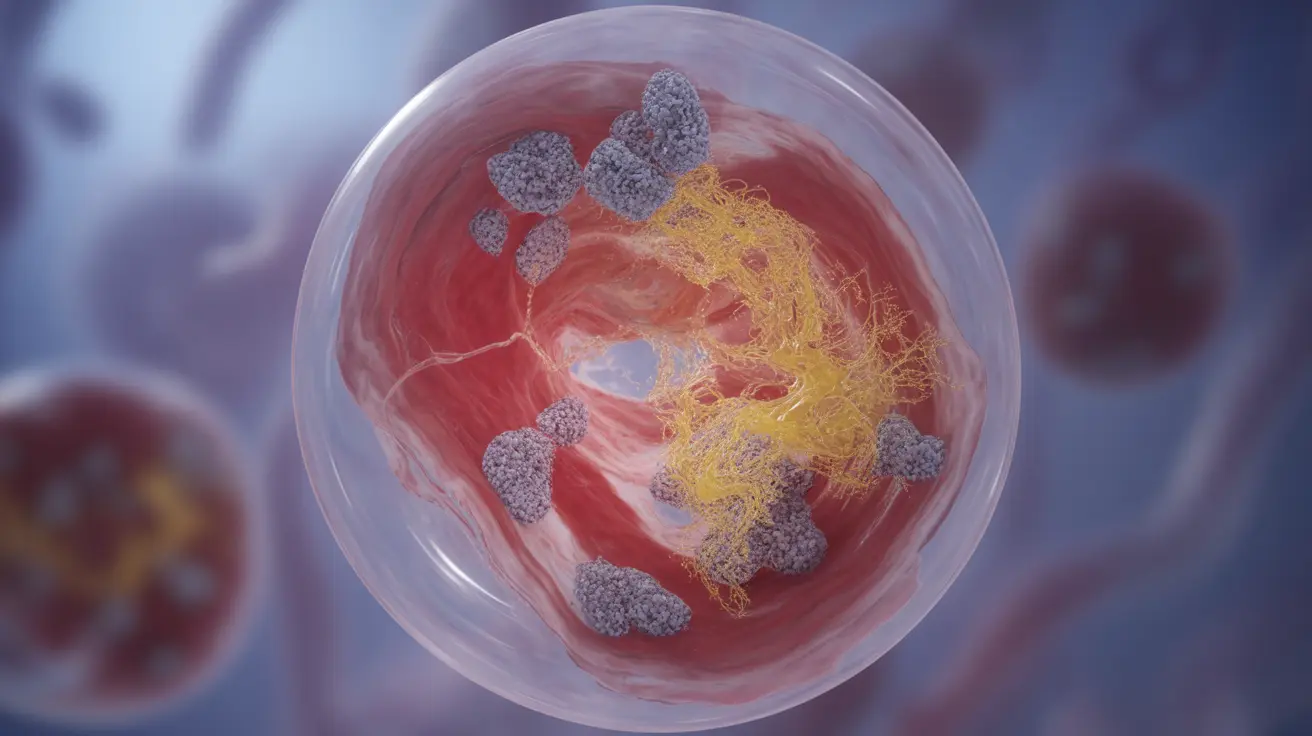The human chest is a complex and vital part of our anatomy, housing some of the most crucial organs in our body. A chest diagram can be an invaluable tool for understanding the structure and function of this important area. In this article, we'll explore the key components of a chest diagram, their roles, and why this knowledge is essential for your overall health.
Whether you're a medical student, a healthcare professional, or simply someone interested in understanding your body better, this guide will provide you with a clear and comprehensive overview of chest anatomy.
Key Organs Depicted in a Chest Diagram
A chest diagram typically showcases several vital organs, each playing a unique and essential role in maintaining our health and well-being. Let's examine these organs and their functions:
The Heart
At the center of the chest diagram, you'll find the heart. This powerful muscle pumps blood throughout the body, delivering oxygen and nutrients to tissues and organs. The heart is slightly tilted, with about two-thirds of it located on the left side of the chest.
The Lungs
On either side of the heart, you'll see the lungs. These spongy organs are responsible for respiration, taking in oxygen and expelling carbon dioxide. The right lung is typically slightly larger than the left, as the heart takes up more space on the left side.
The Trachea and Bronchi
A chest diagram will also show the trachea (windpipe) and the bronchi. The trachea splits into two main bronchi, each leading to one of the lungs. These structures facilitate the passage of air into and out of the lungs.
The Esophagus
Behind the trachea, you'll find the esophagus. This muscular tube carries food and liquids from the throat to the stomach. While not directly involved in respiration, it's an important part of the digestive system located in the chest cavity.
Divisions of the Chest Cavity
Understanding how the chest cavity is divided can help you better interpret a chest diagram. The chest, or thoracic cavity, is separated into distinct regions:
The Mediastinum
This central portion of the chest contains the heart, esophagus, trachea, thymus gland, and major blood vessels. It essentially divides the chest into right and left halves.
The Pleural Cavities
On either side of the mediastinum are the pleural cavities, each housing one of the lungs. These cavities are lined with a membrane called the pleura, which allows the lungs to expand and contract smoothly during breathing.
Right vs. Left: Key Differences in Chest Anatomy
While the chest is largely symmetrical, there are some notable differences between the right and left sides:
- The right lung has three lobes, while the left lung has two lobes to accommodate the heart.
- The heart is positioned slightly to the left, with the apex (pointed end) tilting towards the left side.
- The right diaphragm (the muscle separating the chest from the abdomen) is typically higher than the left due to the liver's position below it.
Recognizing Potential Chest Problems
Understanding chest anatomy can help you identify potential health issues. Some symptoms that might indicate a problem with chest organs include:
- Chest pain or discomfort
- Shortness of breath
- Persistent cough
- Heart palpitations
- Difficulty swallowing
If you experience these symptoms, especially if they're severe or persistent, it's crucial to seek medical attention promptly.
The Importance of Chest Anatomy Knowledge
Having a good understanding of chest anatomy, as illustrated in a chest diagram, can be beneficial for several reasons:
- It helps you better communicate with healthcare providers about any symptoms or concerns.
- Understanding normal anatomy makes it easier to recognize when something might be wrong.
- It can motivate you to make healthier lifestyle choices to protect these vital organs.
- For those in healthcare or studying medicine, it forms the foundation for diagnosing and treating chest-related conditions.
Frequently Asked Questions
- What important organs are shown in a chest diagram and what do they each do?
A chest diagram typically shows the heart (pumps blood), lungs (facilitate breathing), trachea and bronchi (air passages), and esophagus (food passage). The heart circulates blood, the lungs exchange oxygen and carbon dioxide, the trachea and bronchi allow air flow, and the esophagus transports food to the stomach.
- How is the chest cavity divided and what structures does each part contain?
The chest cavity is divided into the mediastinum (central portion containing the heart, esophagus, trachea, and major blood vessels) and the pleural cavities on either side (containing the lungs).
- What are the main differences between the right and left sides shown in a chest diagram?
The main differences are: the right lung has three lobes while the left has two, the heart is tilted slightly to the left, and the right diaphragm is typically higher than the left due to the liver's position beneath it.
- What symptoms could indicate a problem with one of the main organs inside the chest?
Symptoms that could indicate chest organ problems include chest pain, shortness of breath, persistent cough, heart palpitations, and difficulty swallowing. Severe or persistent symptoms warrant immediate medical attention.
- Why is understanding the chest anatomy helpful for monitoring your overall health?
Understanding chest anatomy helps you communicate effectively with healthcare providers, recognize potential health issues, make informed lifestyle choices to protect these vital organs, and forms a foundation for understanding chest-related conditions and treatments.
By familiarizing yourself with chest anatomy through a comprehensive chest diagram, you're taking an important step in managing your health and understanding how your body functions. Remember, this knowledge is a tool to help you stay informed, but it's not a substitute for professional medical advice. Always consult with a healthcare provider for any health concerns or questions.




